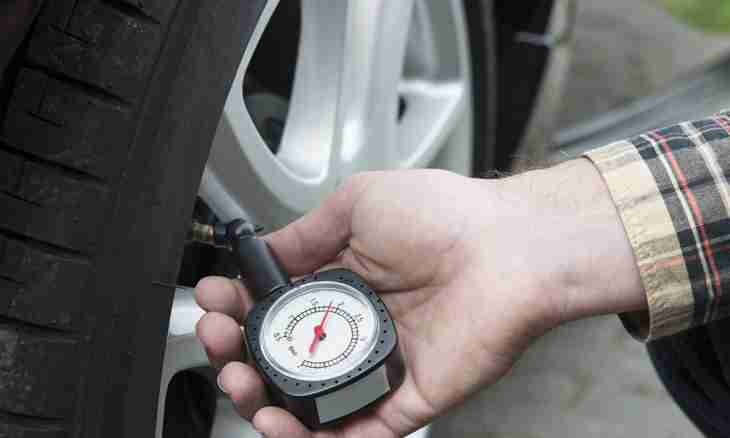Any liquid poured in a vessel puts pressure upon its walls and a bottom. If liquid is at rest at this time, then it is possible to determine hydrostatic pressure. For its calculation there is a formula fair for vessels of the correct form.
It is required to you
- - liquid density;
- - liquid height in a vessel;
- - paper, handle.
Instruction
1. Remove a formula for calculation of hydrostatic pressure. It is equal to force operating perpendicularly on the area of a support. In this case the area of a support is the vessel bottom. The formula registers so: P = F/S. As liquid is based, force operating on a vessel bottom is equal to its weight: F = W = mg where m is the mass of liquid, g is the acceleration of gravity which depends at most weights. G coefficient size for the planet Earth is already calculated and equal to 9.8 N/kg. If special accuracy in calculations of pressure is not necessary, then it is accepted by equal 10 N/kg.
2. Determine the mass of liquid by formula m = ρV (where ρ – liquid density, V – liquid volume in a vessel). For a squared vessel the volume of liquid is equal to its height increased by the area of a bottom, i.e. V = by Sh. If a vessel of a cylindrical form, then instead of S it is necessary to substitute expression for finding of the area of a circle: S=πr^2 where π it is equal 3.14, and r is a radius of a bottom of a vessel.
3. All settlement formulas substitute in a basic formula P = F/S. The following expression turns out: Р = F/S = W/S = mg/S = ρVg/S = ρShg/S. In numerator and a denominator of fraction there is an area of a bottom of a vessel of S therefore it can be reduced. Formula P = ρgh turns out. You see that hydrostatic pressure depends on density of the liquid poured in a vessel and its heights, but does not depend on the area of a bottom of a vessel. It means that the bottom can be any form, not necessarily correct, but walls of a vessel have to be vertical.
4. Substitute values of density of liquid and its height in a vessel in the removed formula P = ρgh and calculate the size of hydrostatic pressure. Not to get confused in calculations, substitute units of length (h) in meters, and the mass of liquid – in kilograms. If from a statement of the problem force with which liquid affects a vessel bottom (liquid weight) is known to you, for example, then it is necessary to use formula P = F/S = W/S. At the known other data the formula is removed similarly.

